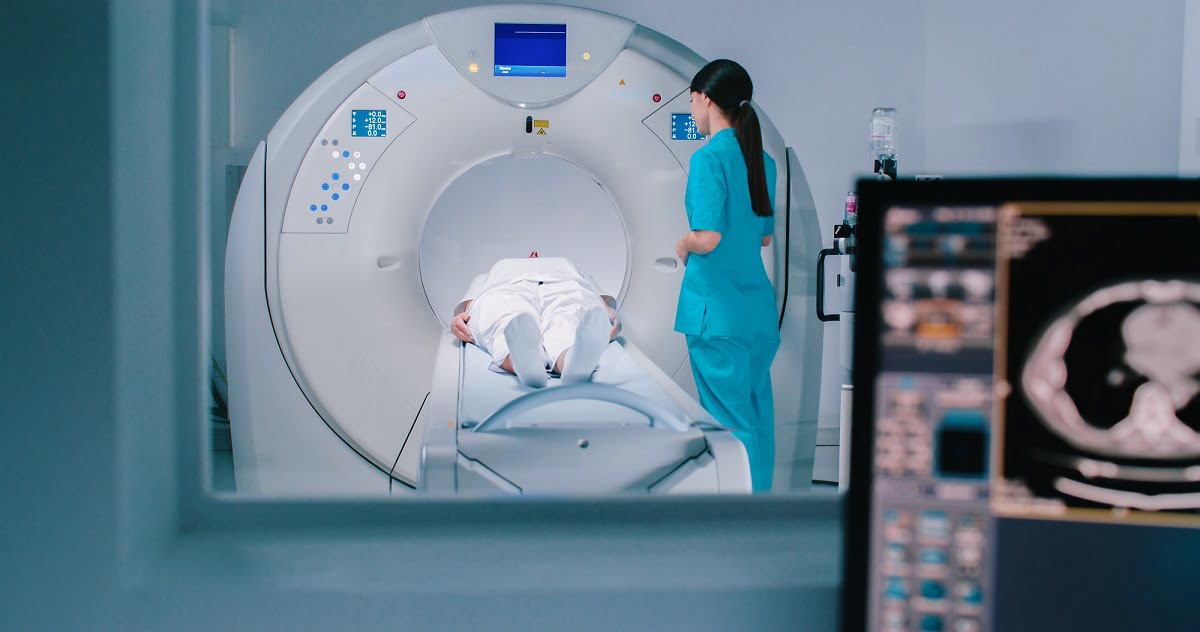Why is CT Cervical Spine Important?
A CT scan of the cervical spine is essential in diagnosing a wide range of neck and spinal conditions. This test provides high-resolution images that help physicians understand the specific nature of the problem, whether it's related to trauma, degenerative diseases, or congenital conditions. Here are the main reasons why this test is important:
1. Evaluation of Trauma and Injuries: The cervical spine is highly susceptible to injury in cases of car accidents, falls, sports injuries, and other traumatic events. A CT scan is ideal for quickly identifying fractures, dislocations, or other bone injuries in the neck. It can also help assess damage to the spinal cord and soft tissues, which is crucial for determining the extent of the injury.
2. Diagnosis of Spinal Disorders: Conditions like herniated discs, degenerative disc disease, or spinal stenosis (narrowing of the spinal canal) can be assessed using a CT cervical spine scan. The images provide a clear view of the vertebrae, discs, and joints, allowing doctors to diagnose structural issues that may be causing neck pain, numbness, or weakness in the limbs.
3. Detection of Tumors or Abnormal Growths: CT scans are helpful in detecting tumors or cysts in the cervical spine. The contrast dye (when used) can highlight abnormal masses, and the detailed images can help determine whether the growth is benign or malignant and its precise location within the spine or surrounding tissues.
4. Assessment of Spinal Cord Issues: A CT scan of the cervical spine can also help identify abnormalities in the spinal cord, such as compression due to herniated discs, fractures, or tumors. It provides important information on the extent of spinal cord injury or disease, which is critical for determining treatment options.
5. Post-Surgical Evaluation: After surgery on the cervical spine (e.g., spinal fusion or disc replacement), a CT scan may be used to monitor the healing process, check for complications such as infection, and ensure that the spine is properly aligned.
6. Congenital Abnormalities: Some people are born with congenital issues that affect the cervical spine, such as abnormalities in the shape of the vertebrae or the alignment of the spine. A CT scan can reveal these issues and help doctors develop appropriate treatment plans.
How is a CT Cervical Spine Performed?
A CT cervical spine is typically a straightforward procedure, but the process involves several steps:
1. Preparation: In most cases, no special preparation is required for a CT scan of the cervical spine. However, patients are typically asked to remove any clothing or accessories that may contain metal, such as jewelry, hairpins, or hearing aids. If contrast dye is used, patients may need to inform the healthcare provider about any allergies, especially to iodine or contrast materials.
2. Positioning: The patient is asked to lie on a table, and the head and neck are positioned carefully inside the CT scanner. The scanner may require the patient to stay in a specific position for the best imaging results, and they may be asked to hold their breath briefly during the scan.
3. Imaging Process: The CT scanner uses a rotating X-ray beam to capture multiple cross-sectional images of the cervical spine from different angles. The images are then reconstructed by a computer into detailed slices of the neck, providing a clear view of the vertebrae, discs, and soft tissues.
4. Contrast Dye: In some cases, a contrast dye (iodine-based) may be injected into a vein before or during the scan to help enhance the visibility of the blood vessels, soft tissues, and tumors. This helps highlight any abnormalities or structural changes in the cervical spine that may not be clearly visible on regular CT images.
5. Post-Scan Care: After the procedure, patients are usually free to go about their day. If contrast dye was used, drinking fluids afterward may help flush the dye from the body. Some patients may experience mild reactions to the dye, such as a warm feeling, but these typically resolve quickly.
Who Should Consider a CT Cervical Spine?
A CT cervical spine scan is generally recommended for individuals who present symptoms or conditions related to the cervical spine, such as:
1. Trauma or Injury: People who have sustained a neck injury, such as a car accident, fall, or sports-related injury, may need a CT scan to evaluate for fractures, dislocations, or other trauma-related injuries to the cervical spine.
2. Neck Pain and Numbness: Patients experiencing persistent neck pain, numbness, tingling, or weakness in the arms or legs may be evaluated for conditions such as herniated discs, spinal stenosis, or cervical spondylosis (degenerative changes in the spine).
3. Suspected Tumors or Growths: If there is suspicion of a tumor or growth in the cervical spine, a CT scan can help assess its location, size, and characteristics. This can be crucial for determining the need for surgery or other treatments.
4. Spinal Cord Compression: Patients with symptoms of spinal cord compression, such as weakness, difficulty walking, or loss of coordination, may require a CT scan to evaluate the cervical spine and assess the extent of the compression.
5. Post-Surgical Monitoring: For individuals who have undergone cervical spine surgery, a CT scan may be recommended to check the alignment of the spine, and the condition of spinal implants, and to assess the healing process.









